Content
Mushrooms are loved by many; in order to have them on your table, a trip to the forest is required. City dwellers with their frantic pace of life do not always have time to visit the forest, and the result of a mushroom hike can be extremely unpredictable.
There is an exit. You can grow mushrooms yourself in the country. And the most amazing thing is that it can be porcini mushrooms - the most desirable in the kitchen, and not oyster mushrooms or well-known champignons. Growing porcini mushrooms in the country is a fascinating and interesting process, in addition, it saves money and time.
Methods for growing porcini mushrooms in the country
When cultivating mushrooms in a summer cottage, their biological characteristics should be borne in mind. Spruce, pine, oak, birch grow in symbiosis with porcini mushrooms. The older the trees, the better. The trees must be at least 4 years old. The mycelium or mycelium is introduced into the roots of trees and forms mycorrhiza or fungal root.
If the tree lacks any nutrients from the soil, then it provides nutrition for the mycelium. The mycelium grows, penetrates into the roots of the tree, supplies it with dissolved mineral salts. In return, it receives carbohydrates and can form a fruiting body or a mushroom.
For a tree to need food, the soil does not need to be very fertile. Porcini mushrooms most often grow on sandstones, sandstones and loams, which are moderately moist and well-drained.
So how do you grow porcini mushrooms in your garden? If there are old trees and suitable soils on the garden plot, then the cultivation of porcini mushrooms will be successful. There are several ways to grow mushrooms in the country.
Sowing with spores of porcini mushrooms
First of all, prepare the planting material. Old porcini mushrooms will do. Their maturity is determined by color; on a break, the color of the fungus is greenish. Collect 7-10 large porcini mushrooms with a diameter of 10 cm or more. It does not matter whether they are pure or wormy.
The collected caps are soaked in a 10 liter bucket of water. It is better to take rainwater. After a day has passed, the mushroom caps will take in water, soften, and they can be easily kneaded with your hands to a jelly-like mass.
You can go the other way. The collected caps of porcini mushrooms for seed material are passed through a meat grinder, and only then they are poured with rainwater for a day to better discharge the spores into the water.
Then the mushroom mixture is filtered through several layers of gauze. This is done only for convenience. So that when sowing, the holes in the watering can are not clogged. The mushroom mass is not thrown away, it will still come in handy.
In the meantime, the site should be prepared for sowing. A shady spot or light partial shade next to a tree trunk is best. An ideal mushroom bed will be made on an area of 1-1.5 m around the tree. This area is freed from sod, without deepening too much by about 10-20 cm.
Next, the strained liquid is poured onto the prepared soil, and the resulting mushroom sediment is evenly distributed there. For 1 sq. m of soil use 2 liters of planting material. To evenly distribute the spores of porcini mushrooms, use a watering can. In this way, the roots of the tree are infected with spores, of which the mycelium will grow - the mycelium.
A solution of spores and a mushroom mass is used, which also contains a huge amount of spores. That is, a kind of double guarantee is obtained, in which the chances of the development of mycorrhiza increase. After sowing, the previously removed sod is placed in place, watering it well. Use at least 5 buckets of water per barrel circle.
The appearance of mushrooms can only be counted on next year, if spores from mushroom tissue take root. Perhaps the mushrooms will appear only after 2 years, which means that mycorrhiza has developed from the spores of mushroom infusion. With the optimal development of events, in a year you can get a harvest of up to 5 kg of porcini mushrooms.
Caring for the mycelium is simple, you should only water it if the season is too dry. A mycelium grown artificially will form fruiting bodies for 3-4 years. Since the mycelium has taken root on a small part of the roots, as a rule, on young shoots, and they cannot provide adequate nutrition, therefore, over time, the mycelium will degenerate. It will need to be updated.
The mycelium cannot completely take possession of the roots of the tree, the microflora that lives and develops under the tree interferes with it, and it does not give up its positions easily. Therefore, the defeated mycelium is forced to retreat and cannot develop.
In nature, porcini mushrooms and trees form mushroom roots at the stage of the emergence of a young tree as a sprout. Over time, the tree grows, the mycelium grows and develops, and no microorganisms and microflora are no longer an obstacle to it. The garden plot will have to be sown from time to time, re-infesting the trees every 3-4 years.
For successful fungal root formation, the spores must be nourished. When preparing seed, add to the water:
- Granulated sugar - half a glass / 10 liters of water;
- Dry yeast - 1 sachet or fresh yeast - 30 g / 10 L of water;
- Alcohol - 4 tbsp. l. / 10 l of water.
Top dressing activates the formation of mycorrhiza, which will have a positive effect on the future harvest.
Watch a video in which gardeners share their experience of growing mushrooms on their site:
Planting porcini mushrooms from the forest
This method involves transferring the finished mycelium to the garden plot from the forest. The mycelium along with the soil is dug out and transferred to a new place of growth very carefully, trying not to expose the mycelium.
Prepare a seat in advance. Near a related tree, departing from the trunk 0.5 m, remove the top layer of soil together with vegetation, 30-40 cm deep. The bare soil is spilled with an antiseptic, covered with a layer of fallen leaves and wood debris. Options for natural antiseptics and their preparation:
-
A decoction of oak bark is prepared in the following way: take 100 g of oak bark and 3 liters of water, put on the stove, wait for a boil, reduce the gas and simmer over low heat for 1 hour. When the liquid boils off, the volume is brought to the original. The finished broth is cooled and the soil is watered around the tree;
- Black tea infusion can be made from low-grade cheap varieties. 100 g of brewing tea is poured into 1 liter of boiling water, infused for 20-30 minutes, cooled and the prepared soil is spilled.
Such antiseptics are prepared simply from natural raw materials, they will not harm the mycelium. But pathogenic fungi and microflora will become less active and will not harm the mycelium, which adapts to new living conditions. You can use a light pink solution of potassium permanganate for disinfection.
A layer of soil is laid on top, well watered. Then the soil brought from the forest is placed with mycelium. Once again, everything is well spilled with water, preferably rainwater, from above the soil is covered with forest debris: leaves, needles, branches of trees. If the weather is dry, water the mushroom patch regularly using 3 buckets of water.
The transfer of mycelium from the forest is best done in mid-August - mid-September. The mycelium will have time before frost to adapt and start growing. In a month, she will get stronger and will endure the coming frosts.
Reproduction by ready-made mycelium
In garden centers, you can buy ready-made mycelium of porcini mushrooms. To plant it, a site should be prepared. Choose a place near the tree, departing from the trunk 0.5-0.6 m. The top layer of soil is removed. The area of the site will depend on the weight of the mycelium. All data is indicated by the manufacturer on the packaging.
The sod and part of the soil will be removed to a depth of 0.5 m.The surface of the planting pit is lined with a wood substrate, 20 cm high.Then a layer of soil 10 cm high is then laid again.Then a part of the soil is taken, so that it is enough for the next 10 cm layer. Mixed with a woody substrate, lay the soil on top of it, mixed with the finished mycelium, lightly slap it with your palms. It is recommended to add any growth promoter to the soil with mycelium. The topmost layer is soil, it is well watered and covered with fallen leaves.
At first, make sure that the soil always remains slightly moist. After 2 weeks, water only if there is a drought. The first mushrooms will appear next year, the mycelium will begin to bear fruit as much as possible after 2 years. And in the next 2-3 years it will be possible to get a harvest from the planted mycelium. The soil should be loosened if possible.
Tips to help mycelium take root better:
- When growing mushrooms from the collected planting material, remember that if the mushrooms were cut under a pine tree, then they should be planted on your site just under the pine tree;
- Do not store the planting material for a long time, it is better to soak the mushroom caps immediately;
- Do not use frozen mushrooms for planting;
- The best time to plant: May - September;
- If there are no trees on the site suitable for planting porcini mushrooms, then it is quite possible to plant mycelium near a wooden frame on the shady side;
- If the area of your site is quite large, then you can transfer the mycelium along with the young tree.
Try, experiment and luck will surely smile at you. Having grown porcini mushrooms on your site, you will be sure of their environmental friendliness.
Conclusion
It is not always possible to go to the forest for mushrooms, especially since porcini mushrooms are not so common. However, you can grow them on your site. It is worth trying, the activity is interesting, suitable for lovers of quiet hunting, does not require physical and material investment. If everything is done correctly, then even in the current mushroom season, their mushrooms may well grow, which are less susceptible to insect attacks, have the taste and appearance of forest mushrooms growing in natural conditions.
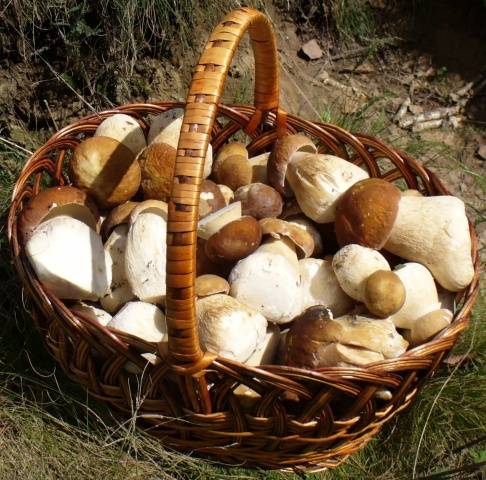



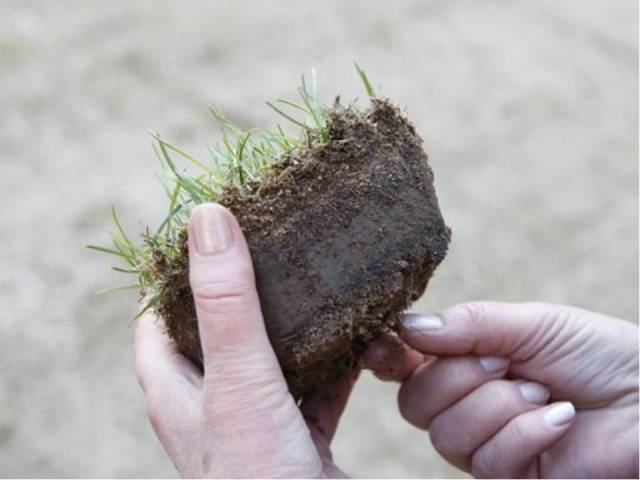
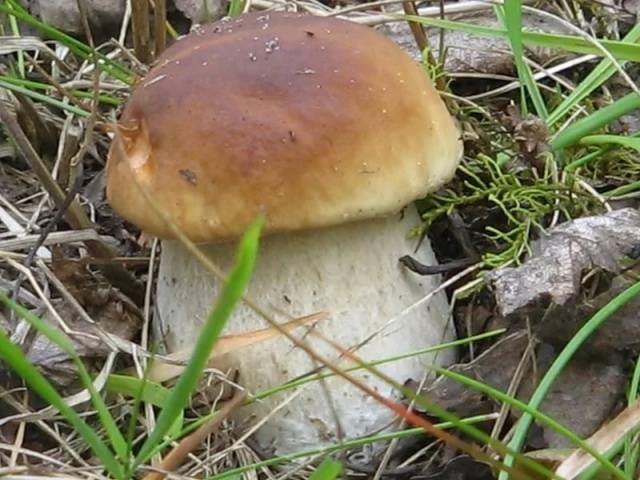
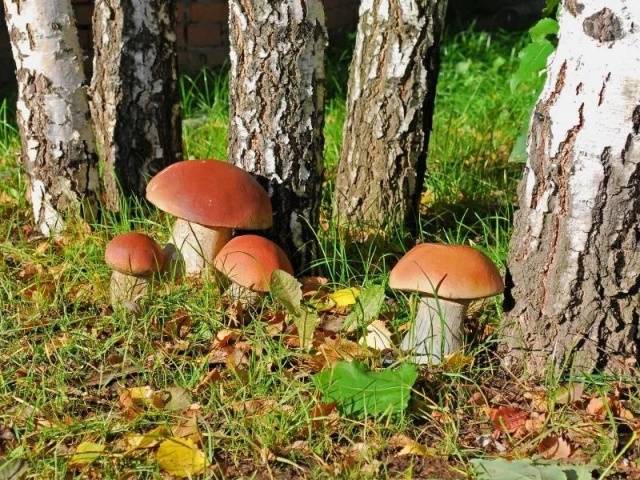
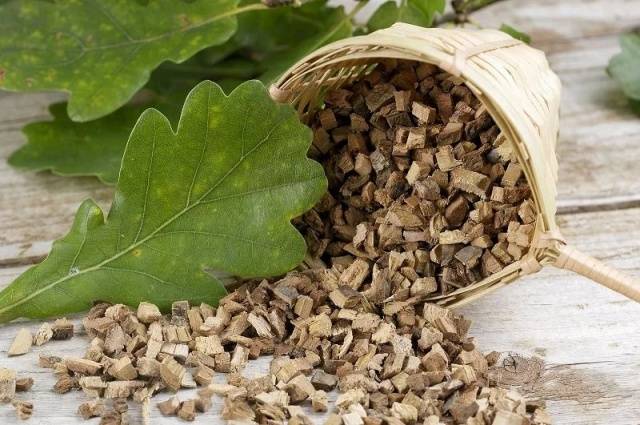
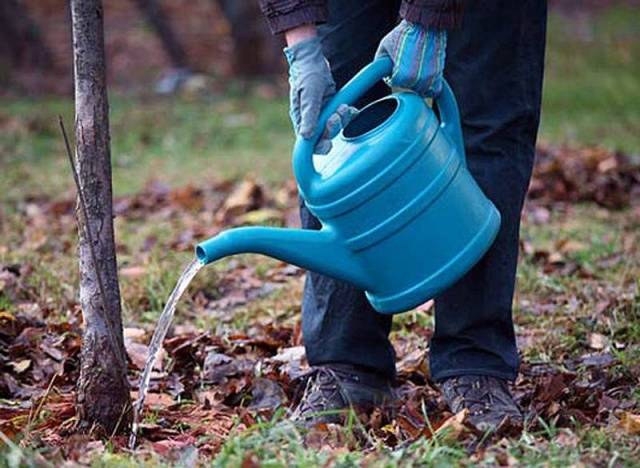
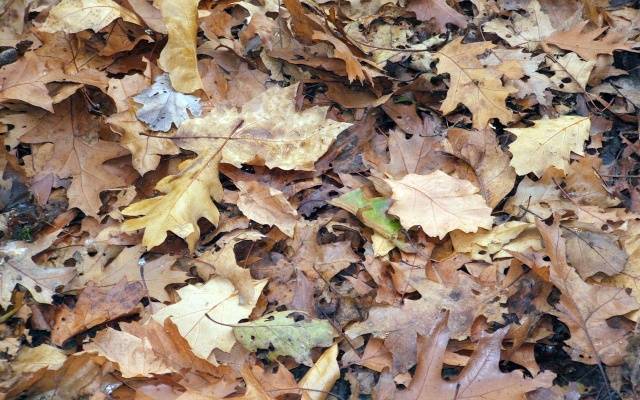
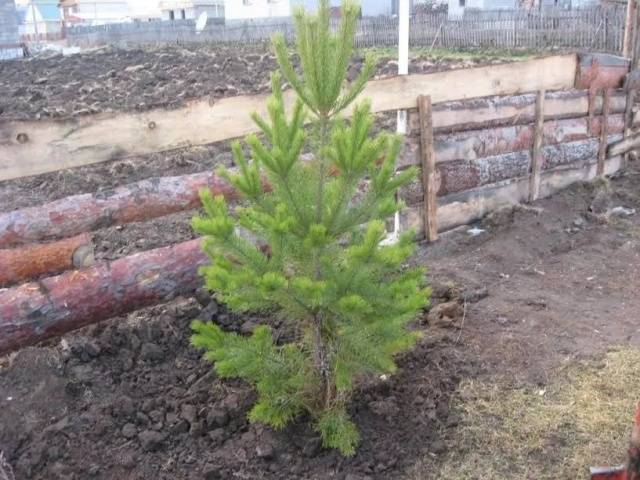









I live in Uzbekistan. I have 15 hectares of land, there are fruit trees and walnut trees. They brought me 2 bags of porcini mycelium. There are no conifers, so I won't be able to grow porcini mushrooms on the site?
Good afternoon, Saida!
For the successful cultivation of porcini mushrooms, it is necessary to have such trees as oak, pine, birch or spruce on the site. No wonder these mushrooms do not grow anywhere. If you do not have such trees on your site, then it will be very, very difficult to grow porcini mushrooms. In addition to the presence of these trees, the boletus needs to create a suitable microclimate. In nature, the season of porcini mushrooms begins at a time when morning fog begins and it rains. During this period, the temperature in August in the morning is only 15-18 ° C. It is hardly possible to create such conditions in Uzbekistan, since your climate is completely different.
However, you can get out of the situation. You need to study well what kind of soil you can grow mushrooms and choose a suitable substrate in the store. Now there are many soil mixtures, which have the most diverse composition. The assortment of garden shops includes peat, pine bark for mulching, coniferous substrate. If you prepare high-quality soil and create suitable microclimate conditions, then you can grow boletus in your conditions.
We wish you high yields!